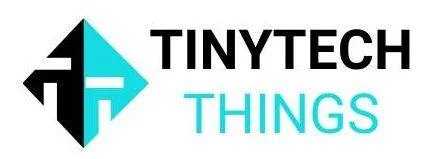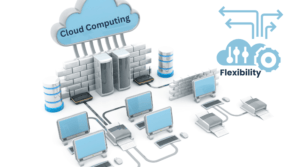Data is a critical component of businesses, and being able to analyze it in a meaningful way is essential for making informed decisions. Excel and Power BI are two powerful data analysis tools that can help you make sense of your data, but they have different strengths and purposes.
Excel is a well-known spreadsheet program that has been around for decades. It is a versatile tool that can be used for a variety of tasks, including data entry, calculations, charts, and graphs. Excel is easy to use and is a great option for small to medium-sized data sets, allowing users to handle basic data analysis tasks such as sorting, filtering, and basic statistical analysis. Excel also provides a range of functions and tools for data visualization and reporting.
Power BI, on the other hand, is a business intelligence tool that is designed to help users connect to multiple data sources, create interactive reports, and visualize data in a more sophisticated way. Power BI is geared towards larger data sets and complex analysis, allowing users to handle real-time data processing and analysis. Power BI provides a range of advanced analytics features, including data modeling, data transformation, and data visualization, which enables users to create sophisticated dashboards and interactive reports.
One of the main differences between Excel and Power BI is the amount of data they can handle. Excel can handle data sets of up to a few hundred thousand rows, whereas Power BI can handle millions of rows of data. This means that if you have a lot of data to analyze, Power BI may be a better choice. Power BI also has more advanced data modeling and transformation capabilities than Excel, which allows users to clean, shape, and transform their data to get it ready for analysis.
Another significant difference between Excel and Power BI is the level of interactivity and visualization they provide. While Excel offers basic chart and graph capabilities, Power BI provides advanced visualization capabilities that allow users to create interactive dashboards and reports. Power BI also provides real-time data processing and analysis, which allows users to create and refresh reports in real-time.
Despite their differences, Excel and Power BI can work together seamlessly. Power BI integrates with Excel, which means you can use Excel to manipulate and analyze data, and then use Power BI to create interactive reports and dashboards. This integration allows users to take advantage of the strengths of both tools, creating a powerful and flexible data analysis solution.
So which tool should you choose? The answer depends on your Individual needs and goals. If you have a small to medium-sized data set and need to perform basic data analysis and visualization, Excel is a good choice. If you have a large data set that requires more advanced analytics and visualization capabilities, Power BI is the way to go. If you need both capabilities, you can use Excel and Power BI together to create a robust and flexible data analysis solution.
In conclusion, Excel and Power BI are two powerful data analysis tools that have different strengths and purposes. By understanding their differences and capabilities, you can choose the tool that best suits your needs and goals, and create a powerful and flexible data analysis solution for your business.




